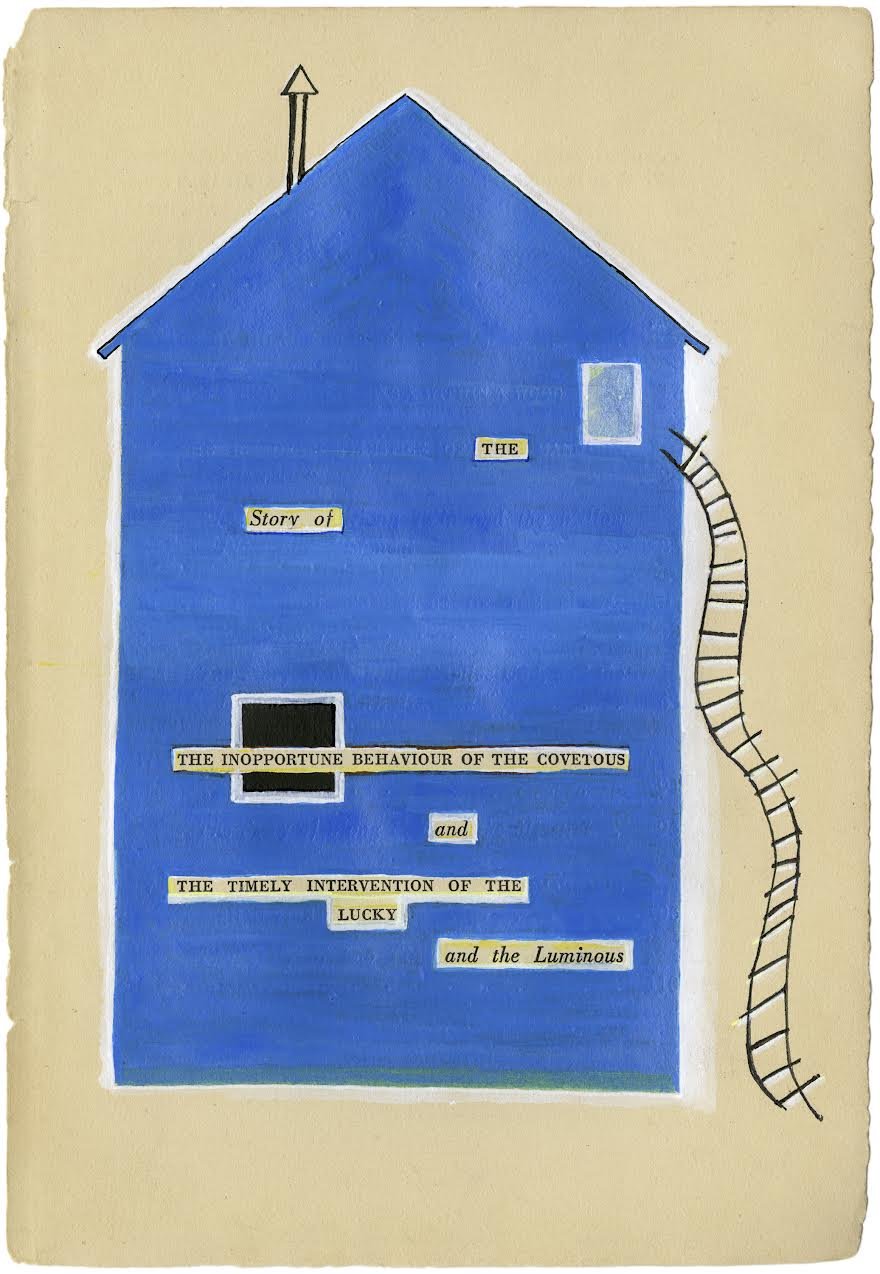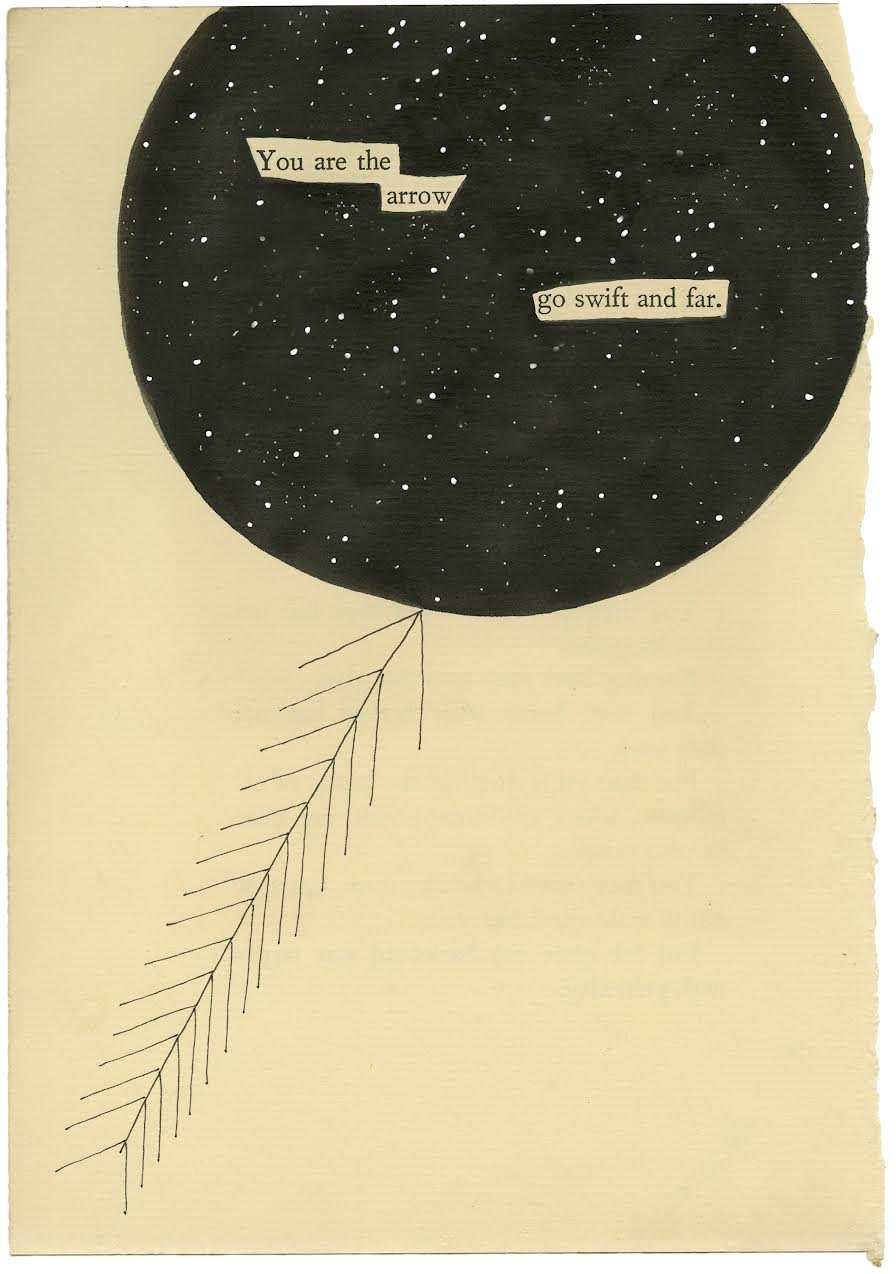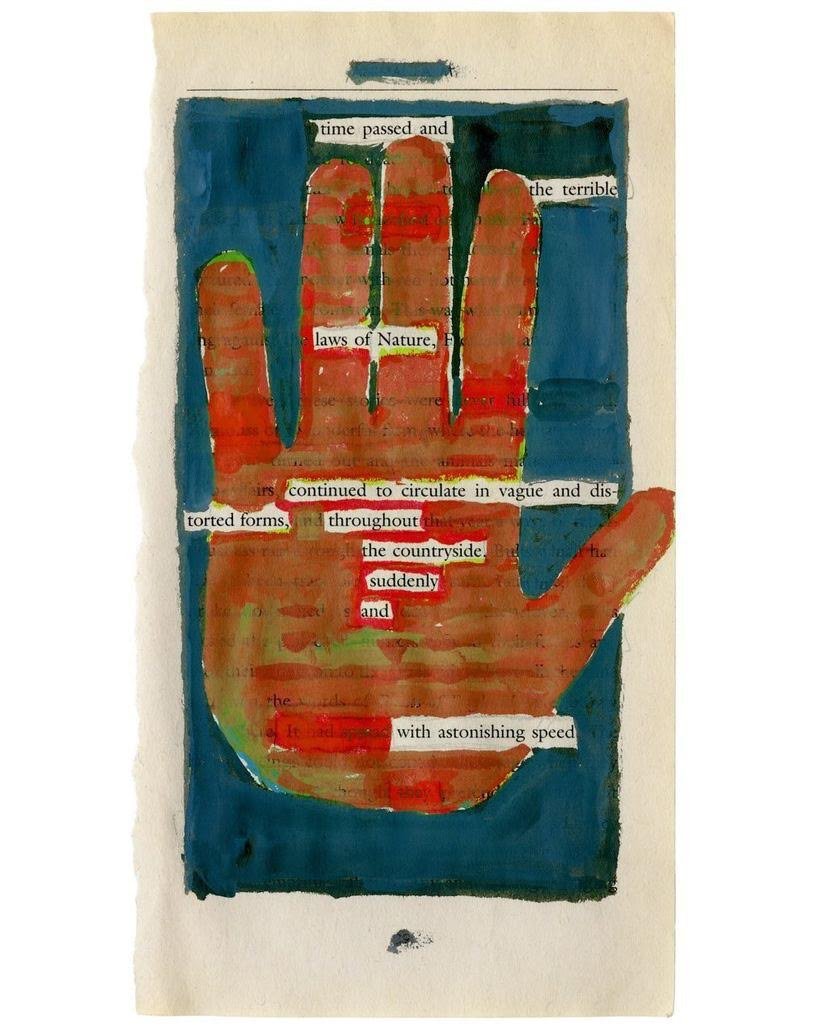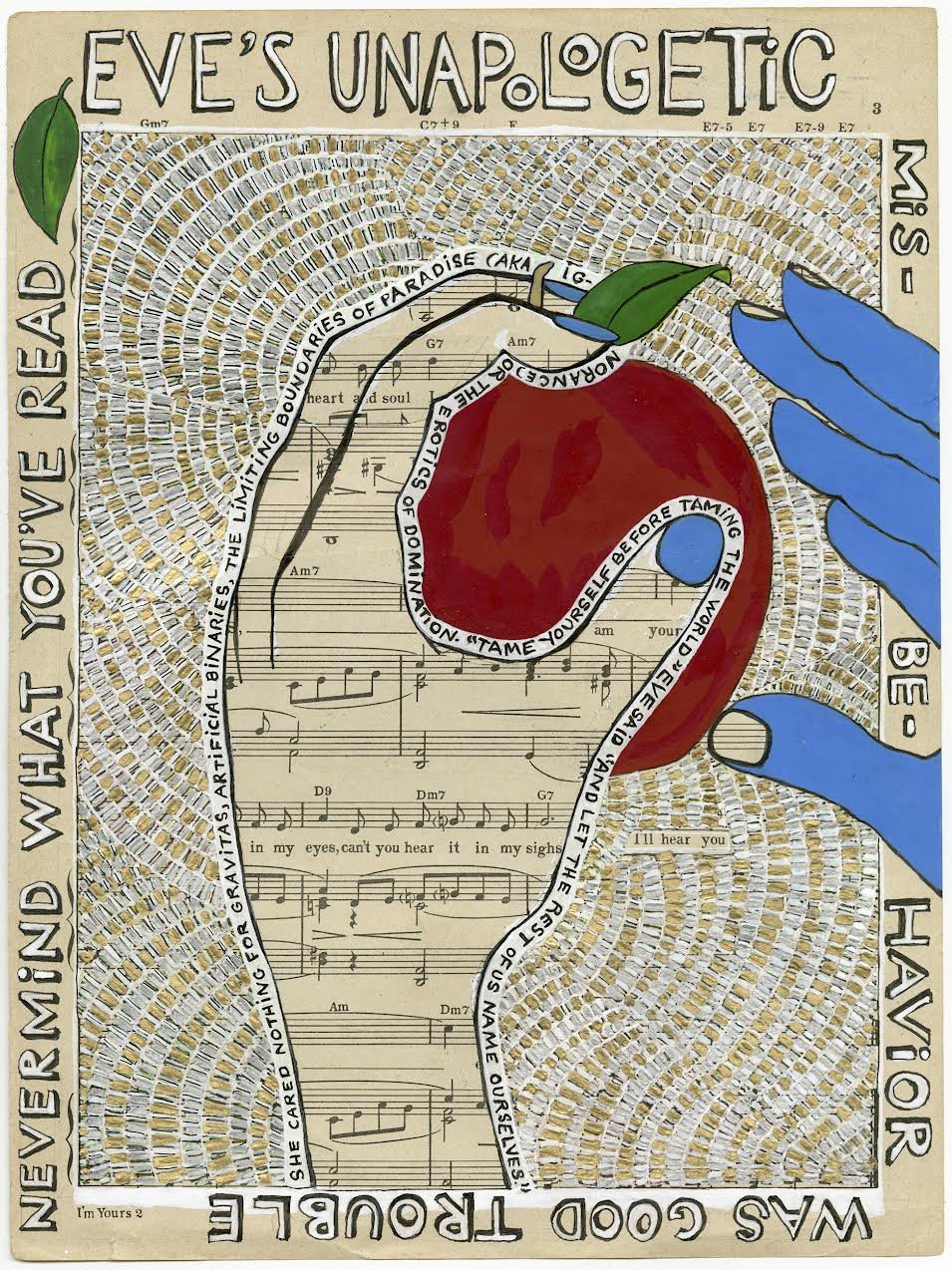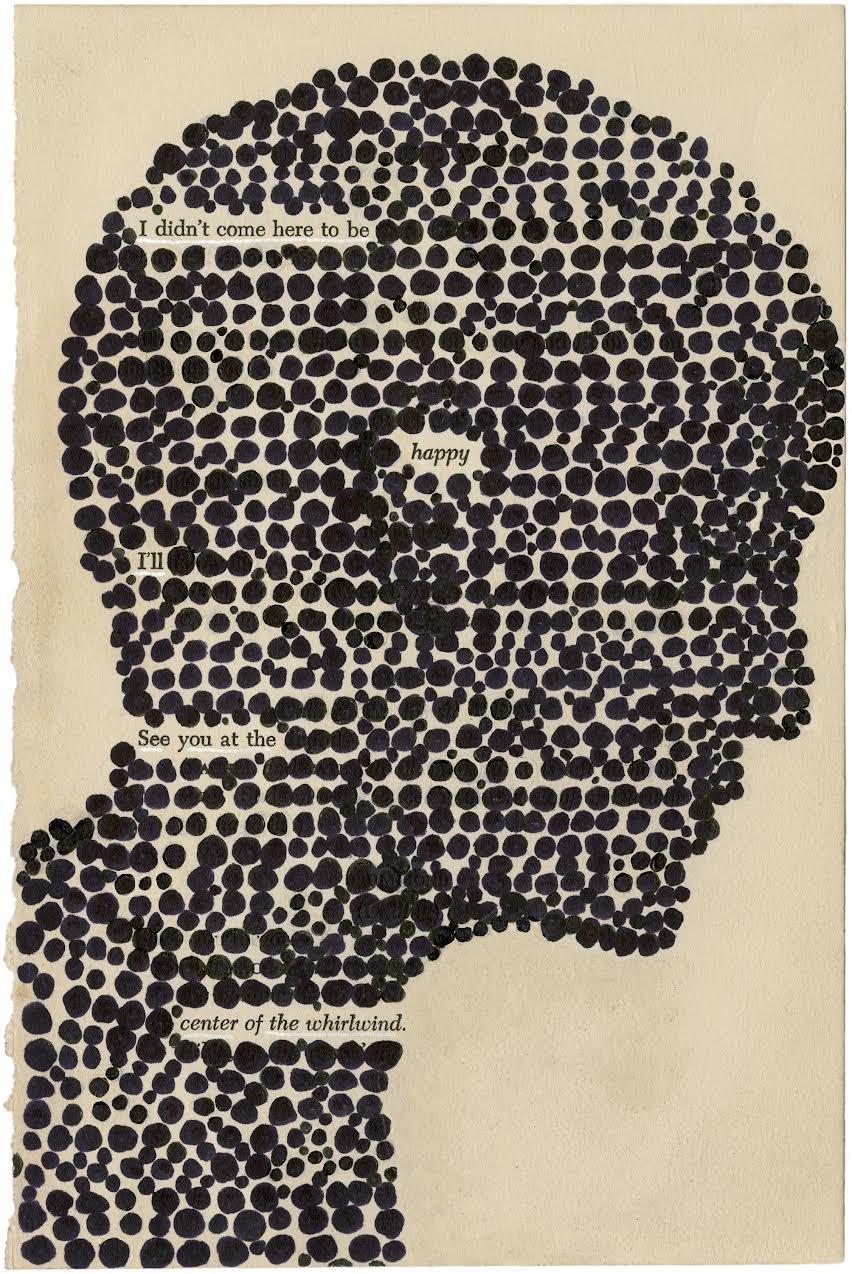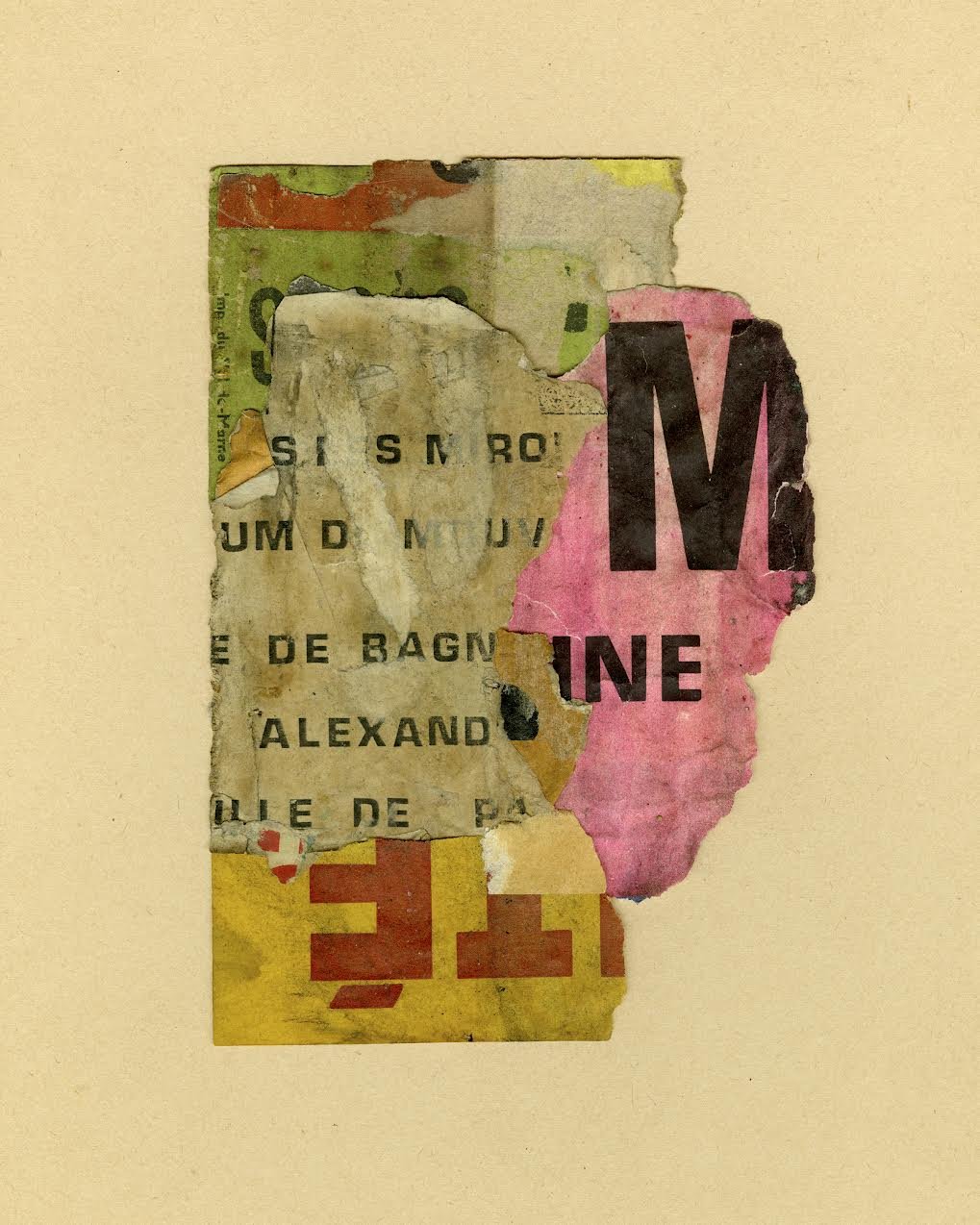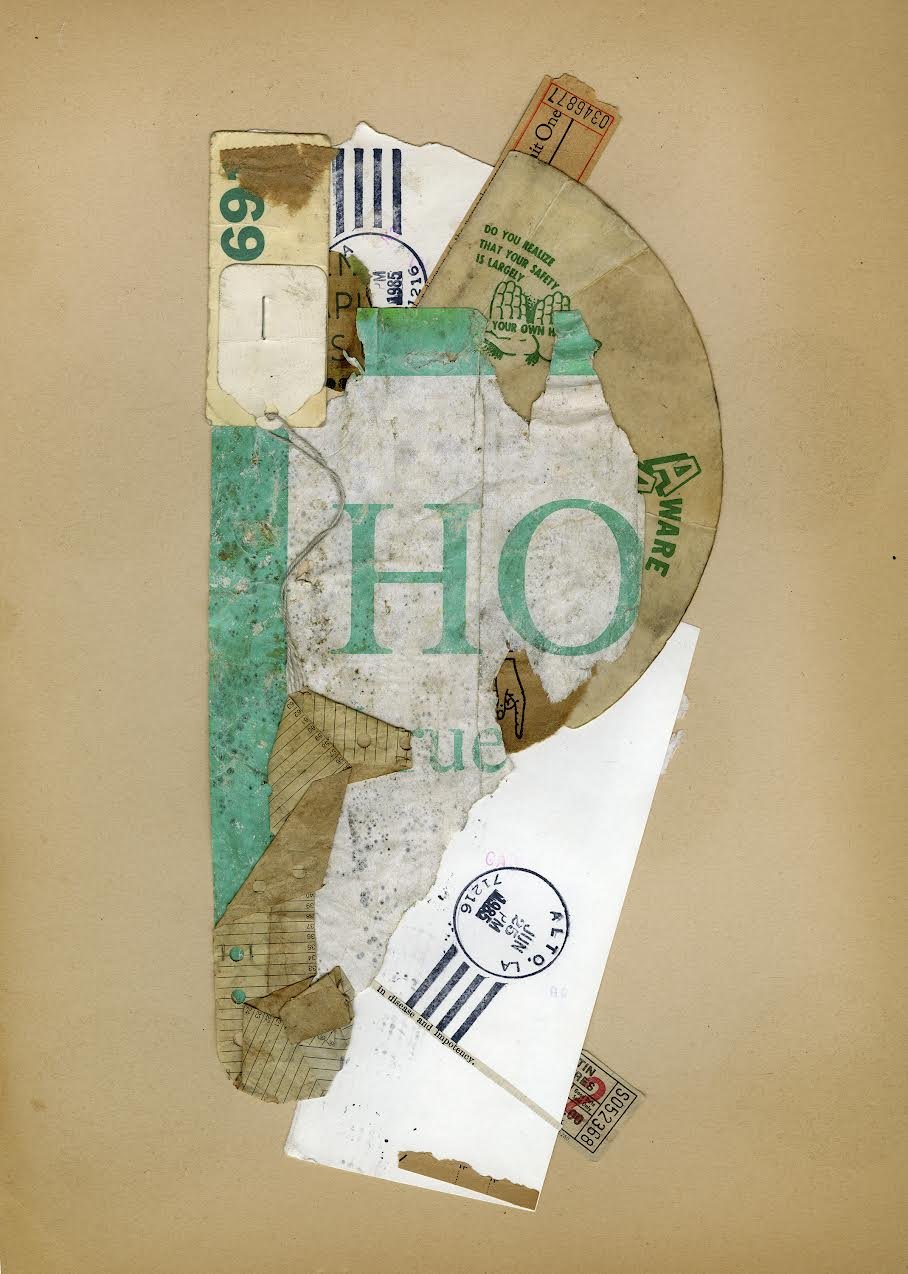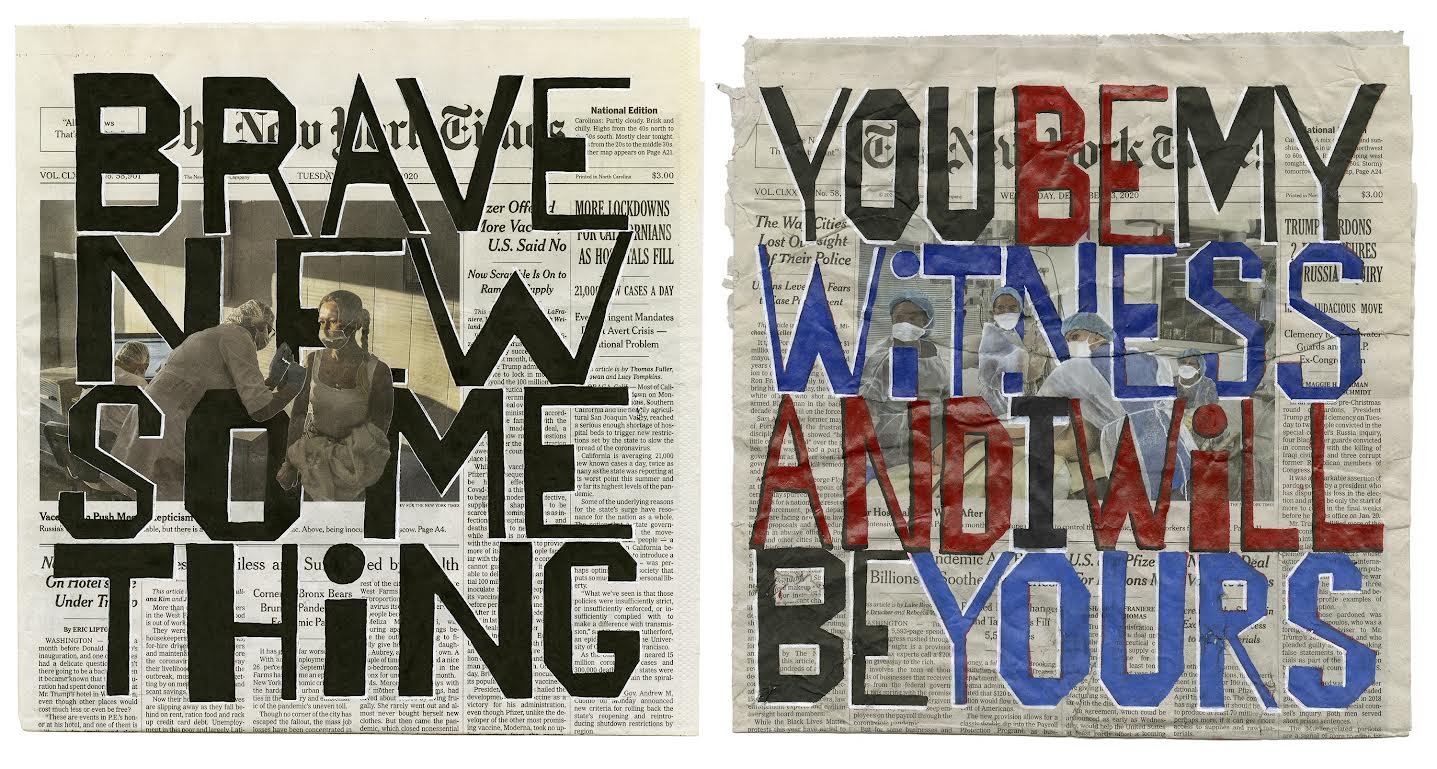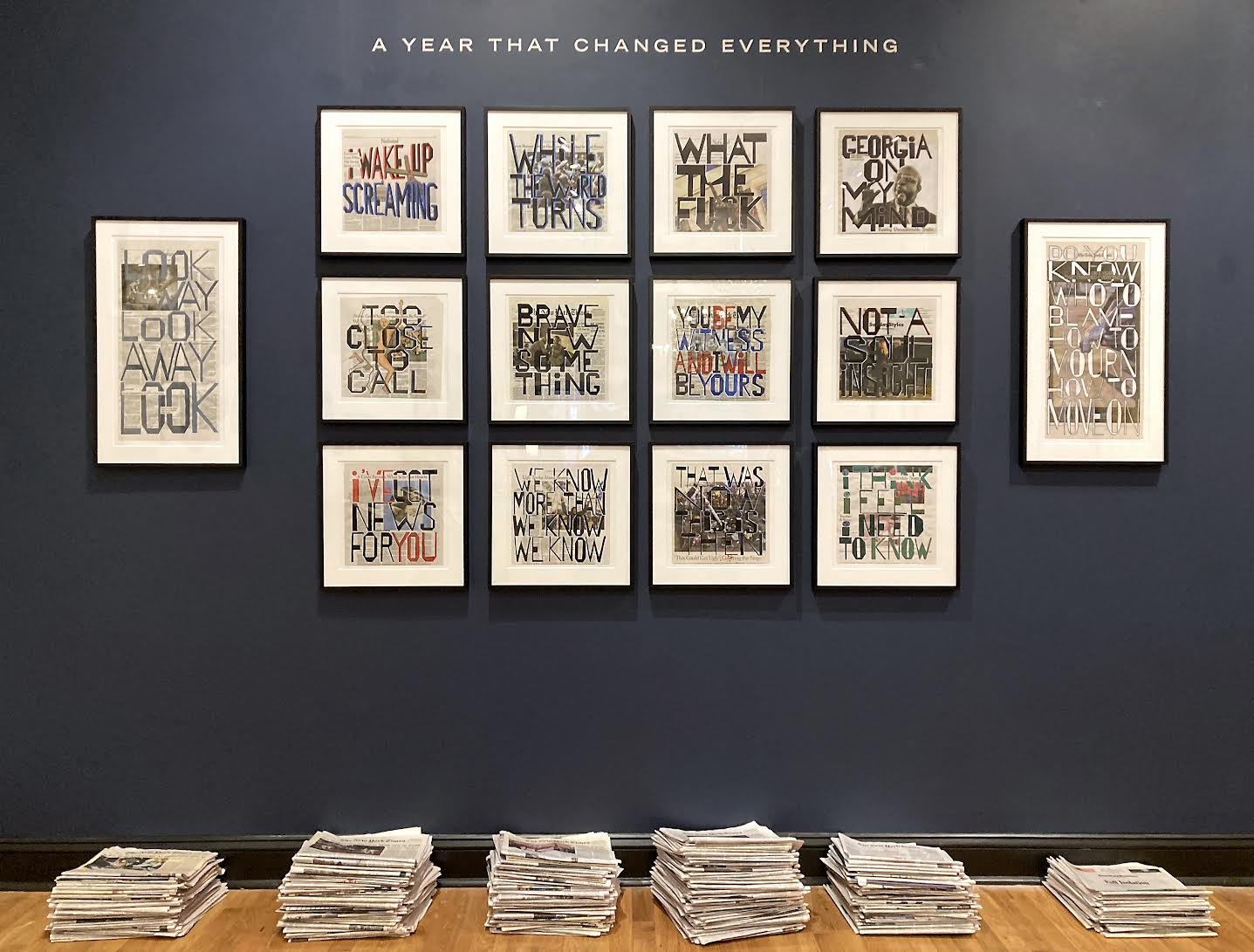Margaret Sartor
Illustration by Eliza Harris
Artist and author Margaret Sartor’s art talks to us. Does it to you?
Is art a form of therapy for the artist?
Thomas Merton wrote: Art enables us to find ourselves and lose ourselves at the same time. Therapeutic value aside, art attempts to capture and express the flux of life in all its variations and make it into something that can be experienced, something that feels real. It leads the mind to insight, not answers. The perspective I’m most equipped to probe is my own, but that doesn’t mean my subject is myself. My hope, in fact, is that by giving form to the chaos of experience and emotion in my life, I might honor or glimpse something greater and more interesting than only myself. And when those glimmers of clarity ring true to others it creates for me a sense of inclusion in the world.
Lately, I’ve been pondering the analogy of what happens inside the cocoon. Can you imagine how disordered and potentially awful that is? The end result may be beauty and flight, but what must it be like for the caterpillar whose skin, limbs, and internal organs mash up, liquefy, and reconstitute? And what exists in the in-between? Whatever it is, it’s messy and ambiguous. And that’s what making art is like. When it boils down to it, that’s what life is like.
For me, Covid has been a kind of cocoon. Isolation and routine, rather than frustrate, have allowed me the literal and mental space to quiet the anxiety that gets in the way of being vulnerable to that inner chaos. It allowed me to step away from the demands of ordinary life into a place of stillness and deliver myself to the moment, which is the mental state most conducive to writing and working.
Making the erasure pieces (in the TORN series) has meant embracing my puzzlement over aspects of life that I struggle with. And while all of us grapple with how to love, grieve, hold on, let go, and move on, some of us also feel the need to communicate our experience. This means giving it coherent form. That’s the basic impulse behind art—not to explain or understand experience, but to give it form, which, for me, means telling stories.
The erasure pieces I began around the time Covid began. Each is part of the series I call TORN: The Problem of Human Behavior. The flow of the larger story that they tell collectively, as a series, is circular. The topography I’m navigating is that of the interior life. I begin by finding the words and then around the words, I create an image. The image is essential because it activates the words through humor or drama or suggestion or tension. It’s still very new work, and so it was exciting to exhibit them in a 24 piece grid installation at Horse & Buggy and Friends on Broad Street in Durham.
If you had to choose: words or color for your creations, what would you choose?
Words and color are tools. Or more like building blocks. If I had neither, I would use whatever was at hand.
I use both words and color very carefully. I’m always learning. Working almost exclusively in black-and-white as a photographer, I’ve become sensitized to illumination and darkness, to its tactile quality as well as its potential as metaphor. As a writer and reader, I’m accustomed to seeing words inked in black on white paper. For the TORN series, I use pages from old books and cheap paperbacks because I’m looking for a tactile quality, imperfectly inked words, and the natural discoloration of paper through age and use. Words and color are vocabularies we use daily to convey messages both symbolic and concrete. Take those vocabularies away from me and tomorrow I might be making sandcastles or mud pies, or carving wood. Paraphrasing the writer Reynolds Price, the need to tell and hear stories is as essential as food and shelter. And the urge to connect your own story to the story of others is fundamental to how human beings live and survive.
What musicians influence you the most and why?
When I work, I work in silence. But before and after, I listen to music. Aretha Franklin’s music goes straight to my heart and to the heart of everything. It’s the best medicine I know. Mary Gauthier, Patty Griffin, Jason Isbell, Gillian Welch, Lucinda Williams, and Leonard Cohen are musicians I return to again and again because they express the beauty and heartbreak of ordinary life with such eloquence. The musical era of the Gershwin brothers, Cole Porter, Ella Fitzgerald, and Louis Armstrong, which produced some of the most memorable songs in the English language, is my go-to for easing out of the work day and into relaxation. Because music has the near magical power to express for us what we ourselves find inexpressible, different moments require different music. The same is true of different stages of life. But no matter my mood, when I hear Aretha sing, I always end up dancing.
What artist would you consider collaborating with on a project?
I’m open to collaborating with anyone with a good idea suitable to my skills. I’ve had the good fortune to work with some extraordinary people over the years: Geoff Dyer, David Goldblatt, Maria Friedlander, and Alexa Dilworth among them. In my experience, the collaborative process often pushes work to a higher level than can be achieved alone. My husband Alex Harris and I have been collaborating since we met and that is as fun and fulfilling as it gets. Most recently, Alex and I co-edited a book of his photographs: Our Strange New Land: Photographs from Narrative Movie Sets in the American South. Earlier this year, I was honored to work with photographer Mary Berridge and to write an essay for her book, Visible Spectrum: Portraits from the World of Autism. Currently, I’m collaborating with Chapel Hill based actress Edith Snow to create a theatrical reading of some of my TORN pieces. We performed this at 21C Hotel in October as part of the CLICK! Photofest and were so warmly received that we want to continue to refine and expand it.
What news is overdue?
I have another series of recently completed mixed media pieces that are a literal response to the daily news that chronicled the turbulent months between March 2020 and March 2021. TORN: A Year That Changed Everything is installed at PS 118 Event Space in downtown Durham and will be up through the end of January. In these, I’ve painted my own commentary directly onto and into various headlines from the New York Times. Collectively, the pieces provide a kind of cumulative portrait of our shared hopes and our common nightmare during a time when so many heart-rending events, heroic struggles, and historic failures were occurring in our country and worldwide. The news that’s overdue is the only news to which all other news can be boiled down: We are all responsible for one another and that circle of life includes the planet and all living things on it.
What is humanity's hardest challenge?
Living the above.
Horse & Buggy Press and Friends Gallery, 1116 Broad Street, Durham: TORN: The Problem of Human Behavior has been extended to run through Feb. 28
How can we buy your art?
Contact Dave Wofford at Horse and Buggy Press and Friends. For my books, some of which are no longer in print, I encourage people to buy from local independent bookstores. I have a website, but examples of my newest work, as well as work-in-progress, can be found @wherewefindourselves I don’t use other forms of social media, but Instagram has been a way to reach out and receive feedback from people as the work evolves. So it all comes full circle—that is, back to our shared need to tell and hear stories.
Note: Margaret’s TORN series can be viewed at the brand new Horse & Buggy Press online print store.
PS 118 Gallery, 118 Parrish St., Durham: TORN: A Year That Changed Everything exhibit has been extended to run through the end of January, (with a closing reception from 4-6pm on Saturday, Jan. 29)
Special Thanks to Tammi Brooks of Inhabit Real Estate for sponsoring this post.


